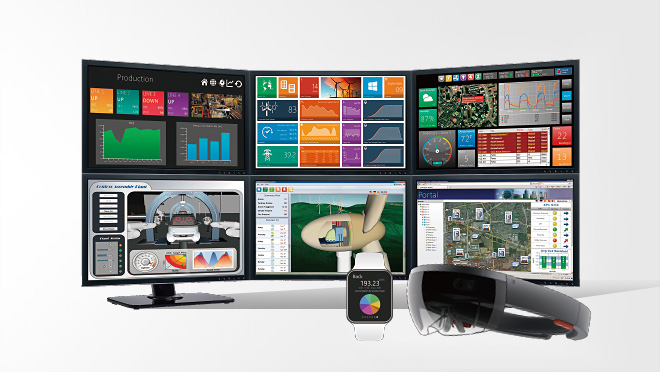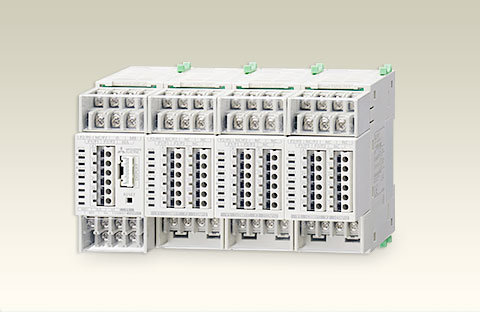
World roundup

São Paulo’s Japan House wins highest level environmental award
June 2023
Mitsubishi Electric Building Management System (BMS) helped São Paulo’s Japanese cultural center Japan House to improve its energy efficiency and contributed to the award of the prestigious LEED Platinum building certification. Used to assess buildings and cities in more than 160 countries, LEED is also used by Green Business Certification Inc. to encourage developers to reduce the environmental burden of their projects by cutting the use of construction materials and energy, and employing reusable energy sources.
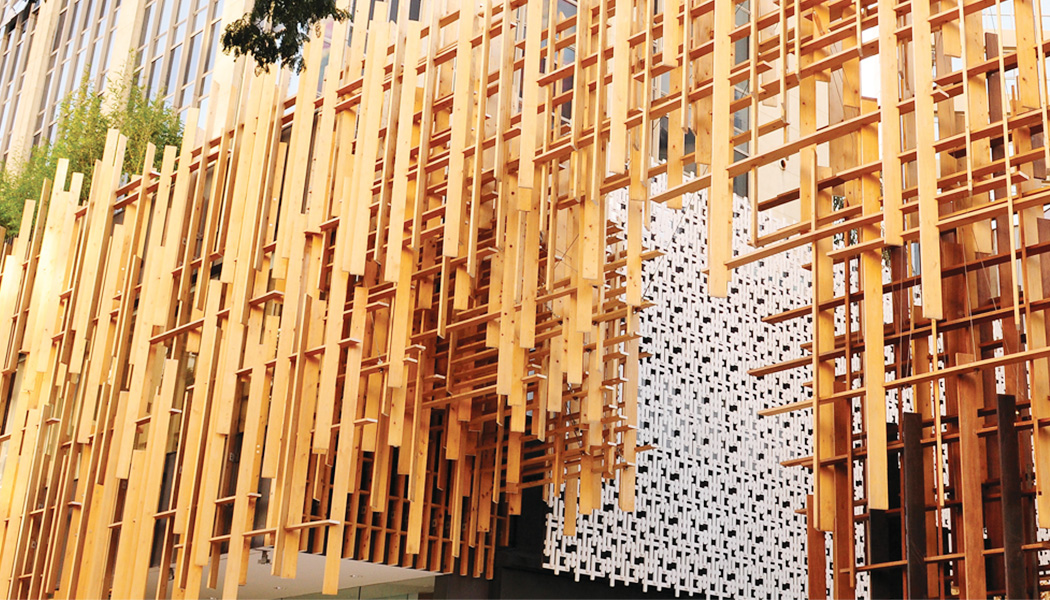
São Paulo’s Japanese cultural center Japan House
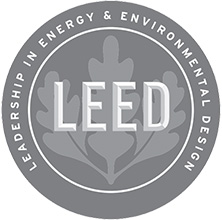
LEED (Leadership in Energy and Environmental Design) operates a rating system to grade a building or city on its environmental impact. It is designed for all building types and all building phases including new construction, interior fit outs, operations and maintenance, core and shell.
Such ‘green building’ initiatives are a reflection of the growing reality that sustainability is now, quite rightly, one of the world’s most pressing issues. It is now no longer viable to work on the assumption that a property’s value should be limited to such factors as functionality, amenities and design. In today’s world, energy efficiency and impact on the surrounding environment have gained at least equal importance in determining worth of properties. Ultimately, these are choices which will also make the buildings more comfortable for both the people who work in them and those who visit them. And in all of this, LEED has been one of the major drivers.
With heating, ventilation and air conditioning (HVAC) contributing on average, close to 40% of a building’s energy consumption, a high quality solution is bound to make a significant addition to improving a building’s energy efficiency.
Presenting the face of modern Japanese culture
Built in 2017, Japan House was launched by the Japanese government to promote and export the traditions and innovations that have come to define contemporary Japanese culture, reaching out to cities as diverse as São Paulo, Los Angeles and London. It has been a global launchpad across a wide range of fields including art and design, craft, architecture, food and entertainment, with its certification being recognized as a symbol of Japan’s commitment to sustainability achievement and leadership.

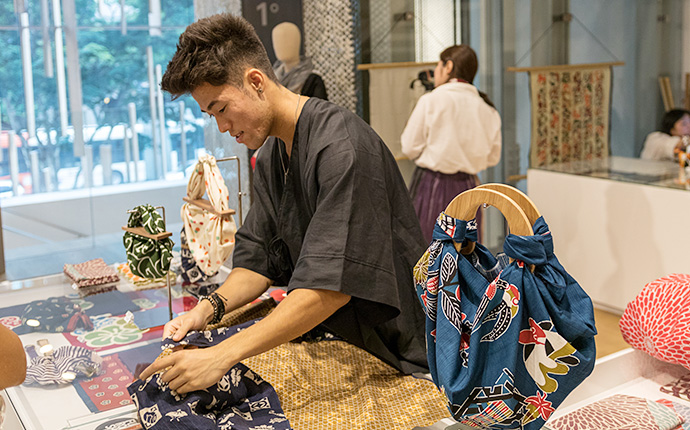
Showcasing the very finest of traditional Japanese crafts and culture.
Japan House São Paulo stands along Paulista Avenue, a major city thoroughfare. This is a fully renovated 2,500-square-meter building featuring a striking and eye-catching wood lattice façade constructed with Japanese cypress which is more than 70 years old. It was designed by renowned architect Kengo Kuma and the building’s interior space has been curated to enable visitors to fully immerse themselves in disparate aspects of the contemporary Japanese lifestyle. As an indicator of its success as a cultural center, Japan House São Paulo has already received more than 2 million visitors from around the globe.
Achieving LEED’s highest award – Platinum level – was an exacting process and far from straightforward. Because to be successful, Japan House needed to score 80 out of a possible 100 points across criteria in seven specific categories. These were Sustainable Sites, Water Efficiency, Energy & Atmosphere, Materials & Resources, Indoor Environmental Quality, Innovation, and Location & Transportation.
The four possible levels of LEED Certification are: Certified (40-49 points), Silver (50-59 points), Gold (60-79 points), and Platinum (80+ points). Japan House São Paulo amassed a score of 80 points in the LEED for Existing Buildings: Operations and Maintenance – enabling it to achive Platinum certification.
BMS: a solution for sustainability success
One extremely valuable tool to help Japan House São Paulo earn its LEED Platinum status was Mitsubishi Electric’s custom engineered Building Management System, incorporating its own MC Works64 SCADA software.
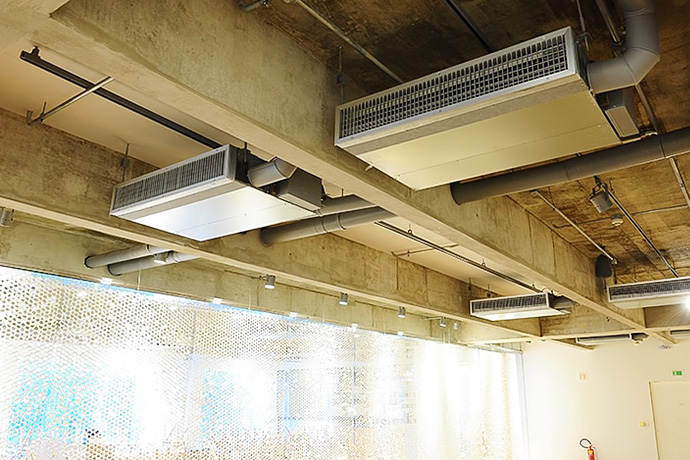
Precision control of heating, ventilation and air-conditioning.
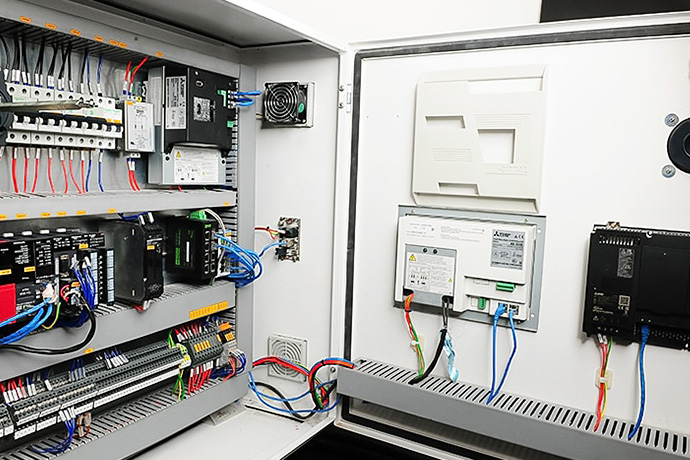
Single-interface control of the entire building through BMS.
A key feature of the the Building Management System (BMS) is its facility to give direct control over buildings, wherever these are located in the world. Through one single interface, building owners and facilities managers have the ability to monitor entire control systems – including those from other manufacturers. Taming complexity by optimizing the management of many diverse systems, from air conditioning, chillers, ventilation, lighting, elevators, security and fire alarms, the Mitsubishi Electric BMS delivers increased energy savings and also contributes to the liveability and comfort of users.
Simply explained, the BMS lets building management teams collate information about the amount of energy (including electricity and gas) and water that has been used, not only by the building as a whole but also by each facility and by each piece of equipment. Once all of this data has been gathered, it is then analyzed for results, which are presented in a user-friendly, visually intuitive format. This provides a very clear and easy way to pinpoint particular areas where it will be possible to reduce energy.
An effective BMS is an absolutely essential criterion for any building’s LEED certification process. Mitsubishi Electric’s BMS helped Japan House São Paulo also perform very well in two further areas; Energy & Atmosphere and Environmental Quality.
The Mitsubishi Electric BMS solution features a technology called EcoMonitor which not only deploys energy measuring units and monitoring inverters for efficient energy use management but also provides preventive maintenance for building equipment, supported by trend reports and analysis functions to help owners form insights on the dynamics, efficiency, and conditions of the building’s operations.
A particularly outstanding contribution to the overall Japan House São Paolo point score was Mitsubishi Electric’s Air Control System. With heating, ventilation and air conditioning (HVAC) contributing on average, close to 40% of a building’s energy consumption, a high quality solution is bound to make a significant addition to improving a building’s energy efficiency.
Expertise to green more of the world’s buildings
How a building’s environment is controlled can impact our entire planet. Green control systems lead to greener buildings because users can reduce their energy consumption and control the extent to which they are using valuable resources. Mitsubishi Electric aims to become a world-leading green company, using its technologies to create a society that is more sustainable than ever.
Our contribution to the successful accreditation of Japan House São Paulo highlights, among other things, the sustainable design expertise that is being continuously developed. Through this and other projects, Mitsubishi Electric has amassed a substantial base of knowledge, experience and expertise to help other clients attain LEED certification. In the process, ensuring that many more green buildings will appear soon throughout the world’s cities.

The eye-catching architectural beauty of Japan House.


